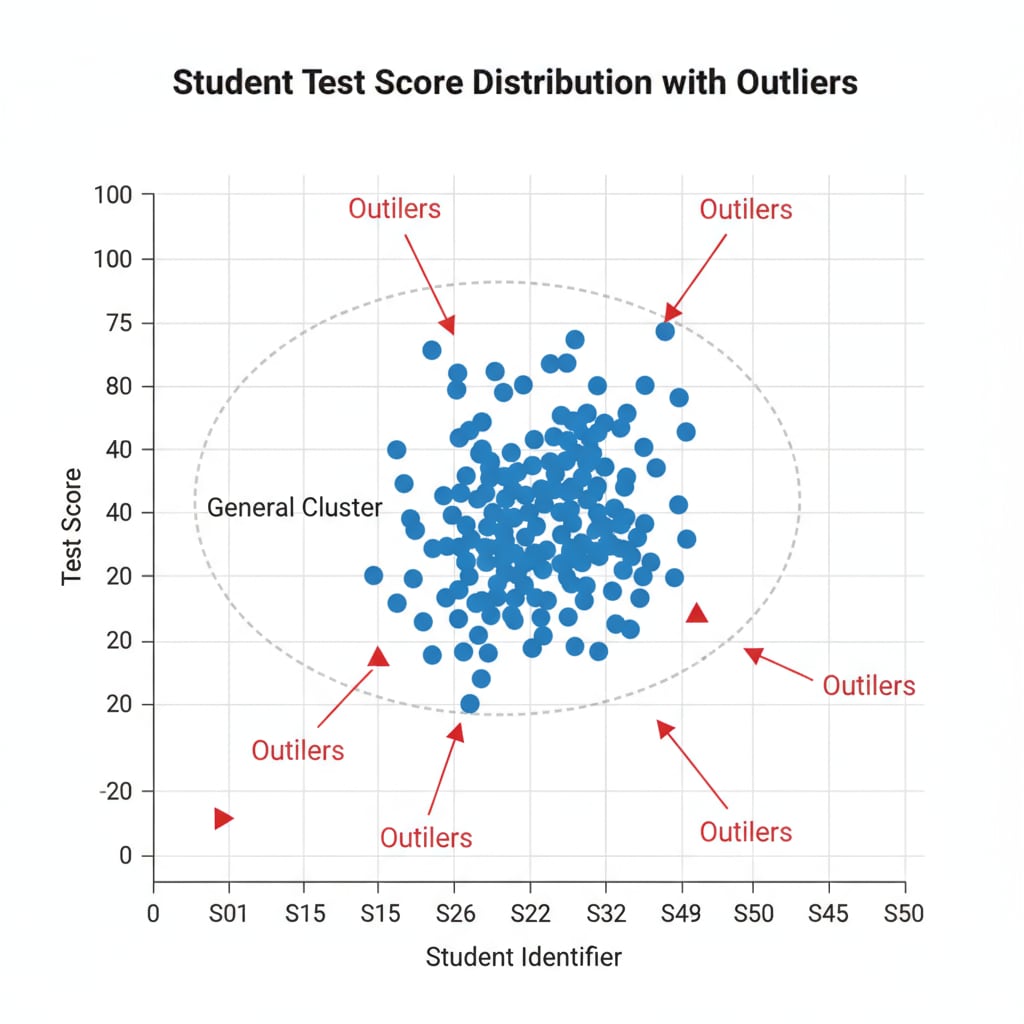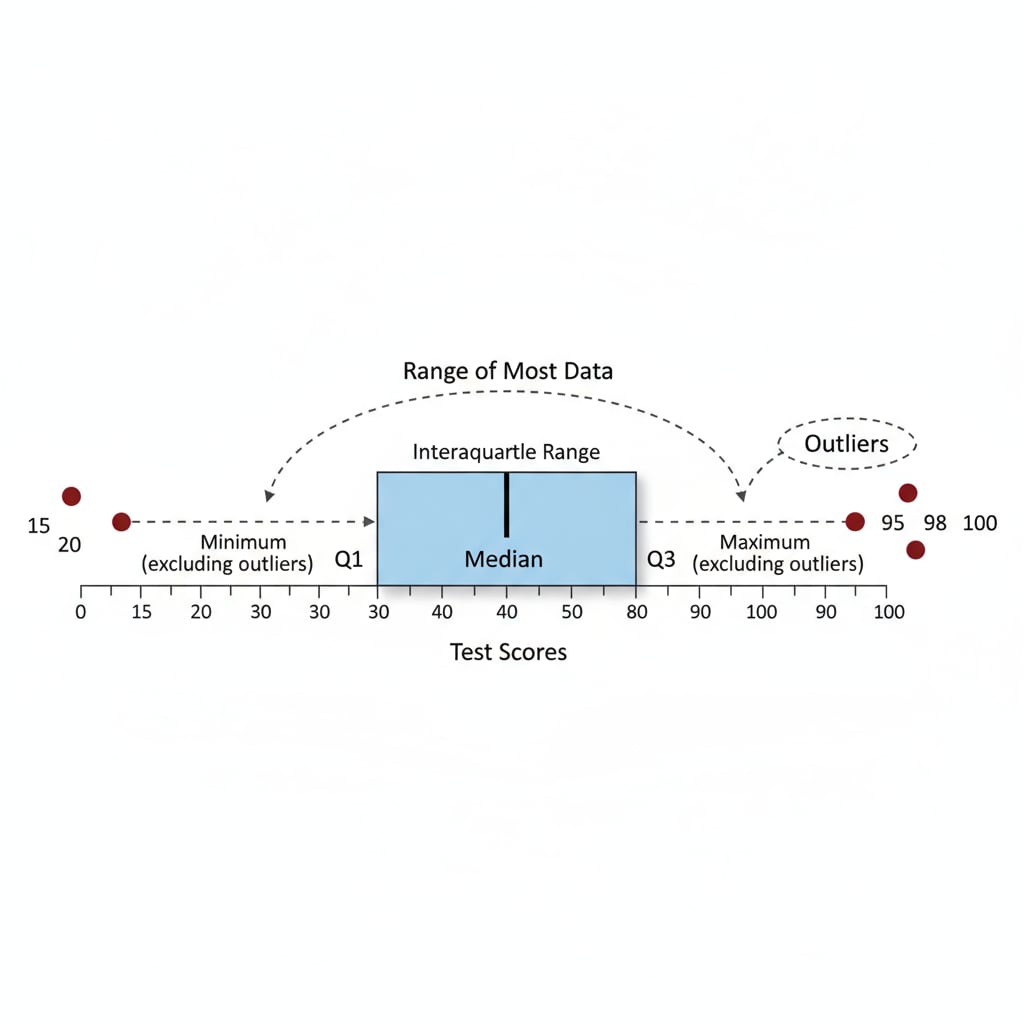In the realm of K12 education, the analysis of student test data is a crucial task. However, educators often encounter datasets that are incomplete, along with the presence of outliers in test scores. Statistical analysis becomes the key to unlocking valuable information from these less-than-perfect data situations.

The Challenge of Incomplete Datasets
Incomplete datasets in student testing are more common than one might think. These can occur due to various reasons, such as students being absent during the test, technical glitches in data collection, or human errors. When faced with such data, simply ignoring the missing values can lead to inaccurate conclusions. For example, if a significant number of students from a particular class were absent during a math test, omitting their data could skew the overall performance analysis of that class. According to Wikipedia’s page on Educational Assessment, understanding and properly handling these incomplete datasets is fundamental for reliable educational evaluation.
Identifying and Understanding Outliers in Test Scores
Outliers in test scores are those data points that deviate significantly from the rest of the dataset. They can be either extremely high or low scores. These “atypical outliers” might be the result of a student having an exceptional performance or facing unexpected difficulties during the test. For instance, a student who usually performs averagely but scores extremely high on a particular test could be due to mastering a specific topic very well or having external help. On the other hand, a very low score could be because of illness or stress during the exam. As per Britannica’s entry on Statistics, identifying outliers is an important step in statistical analysis to avoid misleading interpretations.

Once outliers are identified, it’s essential to determine whether they are valid data points or errors. If they are valid, they can provide unique insights into individual student performance. However, if they are the result of errors, appropriate actions need to be taken.
To sum up, handling incomplete student test data requires a combination of careful consideration of datasets, accurate identification of outliers in test scores, and sound statistical analysis. By doing so, educators can turn these challenges into opportunities to gain valuable insights and improve teaching and learning strategies.
Readability guidance: This article uses short paragraphs to present ideas clearly. Lists can be used to summarize key points. The proportion of passive voice and long sentences is controlled, and transition words are added throughout the text to enhance readability.


